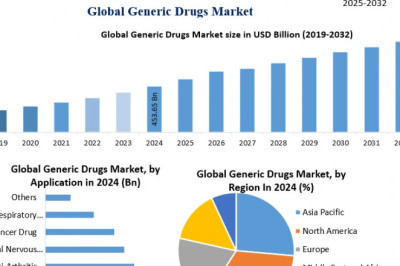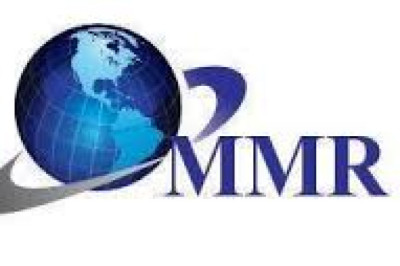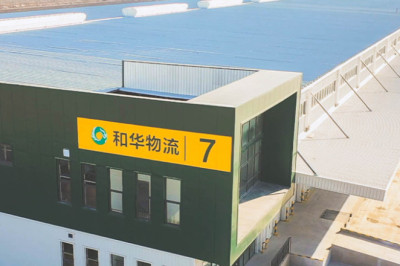views
Early drug development is a crucial phase in the journey from initial discovery to market-ready medications. It lays the groundwork for turning innovative ideas into viable treatments, ensuring safety and efficacy before drugs reach the broader market. This phase encompasses various stages, each with its specific goals and challenges, making it a fascinating and complex field in pharmaceutical research.
The Drug Development Process: From Discovery to Preclinical Trials
The drug development process begins with drug discovery, where researchers identify potential therapeutic targets and screen compounds for activity. This stage is followed by preclinical development, which involves extensive laboratory and animal studies to evaluate the drug's safety, efficacy, and pharmacokinetics. This is where early drug development plays a pivotal role. Researchers gather critical data to assess the drug's potential benefits and risks, aiming to refine the compound and its delivery mechanisms.
In this phase, the focus is on understanding how the drug behaves in biological systems and predicting how it will perform in human trials. Rigorous testing in preclinical models helps identify any potential toxicity and ensures that the drug will have a positive therapeutic effect. This step is essential for gaining regulatory approval to proceed to clinical trials, where the drug's safety and efficacy will be further evaluated in human subjects.
Translating Laboratory Success to Clinical Trials
Once preclinical studies yield promising results, the drug moves to clinical trials, starting with Phase I. This phase involves a small group of healthy volunteers or patients and aims to assess the drug's safety, dosage range, and potential side effects. If successful, the drug progresses to Phase II, where it is tested in a larger group of patients with the target condition to evaluate its efficacy and optimal dosage.
Phase III trials involve an even larger population and are designed to confirm the drug's effectiveness and monitor its long-term safety. Successful completion of these trials can lead to regulatory approval and the drug's introduction to the market. However, the journey doesn’t end here. Post-marketing surveillance, or Phase IV, continues to monitor the drug’s performance and safety in the general population.
Challenges and Innovations in Early Drug Development
Early drug development is not without its challenges. The complexity of biological systems and the variability in individual responses can make predicting drug behavior difficult. Additionally, regulatory requirements are stringent, and the cost of developing a new drug can be substantial. However, advancements in technology and research methods are continually improving the process.
Innovations such as biomarker discovery, advanced imaging techniques, and computational modeling are enhancing our ability to predict drug responses and tailor treatments more precisely. These tools are crucial for overcoming the limitations of traditional approaches and accelerating the drug development process.
The Future of Early Drug Development
The future of early drug development holds exciting possibilities. Personalized medicine, driven by genetic and molecular insights, is paving the way for more targeted and effective therapies. The integration of artificial intelligence and machine learning is also transforming the way we approach drug discovery and development, making the process more efficient and cost-effective.
As research continues to evolve, the collaboration between academia, industry, and regulatory agencies will be vital for advancing early drug development. This collaborative approach ensures that innovative therapies reach patients in need while maintaining high standards of safety and efficacy.
Conclusion
Early drug development is a cornerstone of the pharmaceutical industry, bridging the gap between groundbreaking research and life-changing treatments. Understanding the drug development process, from discovery through preclinical studies and clinical trials, highlights the intricate and rigorous nature of bringing new medications to market. Despite the challenges, ongoing innovations promise to enhance this process, offering hope for more effective and personalized therapies in the future.











